The P64 spark
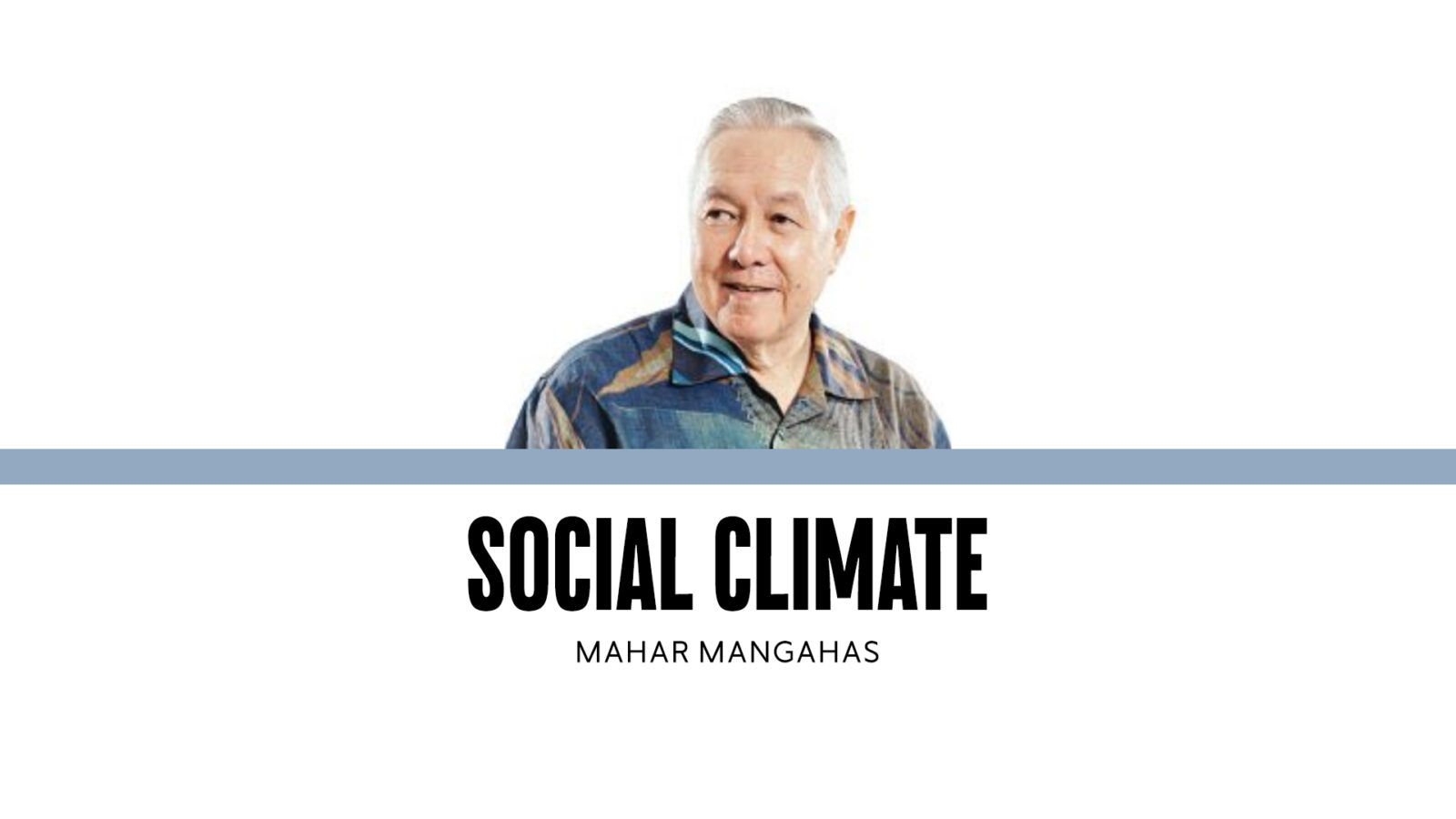
“Food for Thought: Living the Statistics of P64/Day,” was last Monday’s topic for discussion by a panel formed by the Ateneo de Manila’s council of [college-student] organizations. I was invited to the panel, on account of Social Weather Stations’ (SWS) long history of hunger-surveys. The discussion took place in the Loyola Heights campus, in a building where I was a sophomore high school student, eons ago, and is now used for college activities.
I quickly went over two basic SWS findings: (1) the long-term national trend in hunger is flat–unlike poverty, which has a slight downward tendency; and (2) the area most vulnerable to hunger is the National Capital Region—whose residents have almost no means to grow their own food—rather than the much poorer area of Mindanao. SWS has many other statistics pertinent to hunger. But the 64-pesos-per-day is not one of them.
The number that sparked the students is an official one—“NEDA chief: persons spending P64 below for 3 meals a day considered ‘food-poor’” (gmanetwork.com, 8/13/2024). This report says: “At the first day of the Senate hearing on the proposed 2025 budget, [National Economic and Development, now Department of Economy, Planning and Development) Secretary Arsenio] Balisacan was asked the current threshold for one to be classified as ‘food poor.’ ‘As of 2023, a monthly food threshold for a family of five is 9,581 pesos. It comes out about P64 per person,’ Balisacan said.” (The arithmetic is: 9,581 pesos/5 persons = 1,916.20 pesos per person, and 1,916.20/30 days = 63.87 pesos/person/day).
The news report continues: “This amount has increased since 2021 where the ‘food-poor’ threshold was P55 per person and it is expected to increase to P67 in 2025, according to Balisacan.” When the senators complained that such a low threshold must surely be out of date, Balisacan confirmed that the 2021 threshold is only being adjusted by an annual general price index, rather than reestimated by new research. “The basket has not been changed for some time. … kasi medyo matagal na rin, more than a decade na ‘yon since it was set. … I think the changes in the economy warrant a revisit already of the threshold,” he said.
That same Monday evening, I happened to see my old friend Arsi Balisacan, at the 90th birthday party of Dr. Gerardo P. Sicat at the University of the Philippines School of Economics (UPSE). (Gerry Sicat is a former UPSE faculty colleague of Arsi and myself; he and Arsi are both marathon-runners, physically fit.) When I told Arsi that the government’s food threshold was sparking discussion among Ateneo students, he remarked that the students should bear in mind that the threshold is actually per month, not per day. Also, it’s the cost of food prepared at home, not the cost of buying it at a public place.
My point here is that an official food threshold can trigger students in an elite school, who don’t know hunger, except from the distance of stories and, yes, statistics. By the way, Ateneo is not where the wealthiest students go. But it certainly has a long tradition of socially-conscious students and teachers.
I once had a UPSE thesis advisee who thought of surveying the wealth of students in exclusive schools, and was able to get the cooperation of several schools. She took random samples of high-school class-sections and distributed a questionnaire to the students of the samples to take home, for their parents to fill out. The parents were given a letter from the school authorities, confirming the school’s cooperation with the study; and the parents cooperated as well.
Among the schools surveyed, the one with the wealthiest students turned out to be the Colegio de San Agustin (CSA), in Dasmariñas Village, Makati City. I recall that the Ateneo de Manila, UP Diliman, and Philippine Science High School were among those included. But the first two were not close to CSA in terms of the wealth of the students’ families.
The thesis topic was the student’s idea, not mine, though of course I was very pleased by it. Some years later, with her doctorate, she became a professor of economics at the Ateneo, where she served until retirement.
Statistics are not only for statisticians.
—————-
Contact: mahar.mangahas@sws.org.ph.
Dr Mahar Mangahas is a multi-awarded scholar for his pioneering work in public opinion research in the Philippines and in South East Asia. He founded the now familiar entity, “Social Weather Stations” (SWS) which has been doing public opinion research since 1985 and which has become increasingly influential, nay indispensable, in the conduct of Philippine political life and policy. SWS has been serving the country and policymakers as an independent and timely source of pertinent and credible data on Philippine economic, social and political landscape.


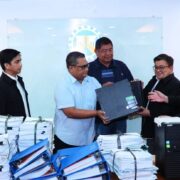
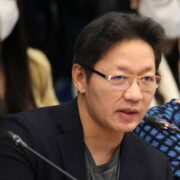

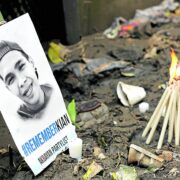
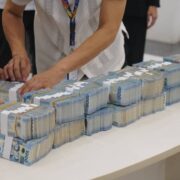



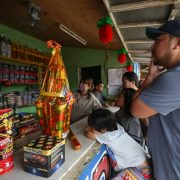
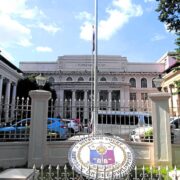



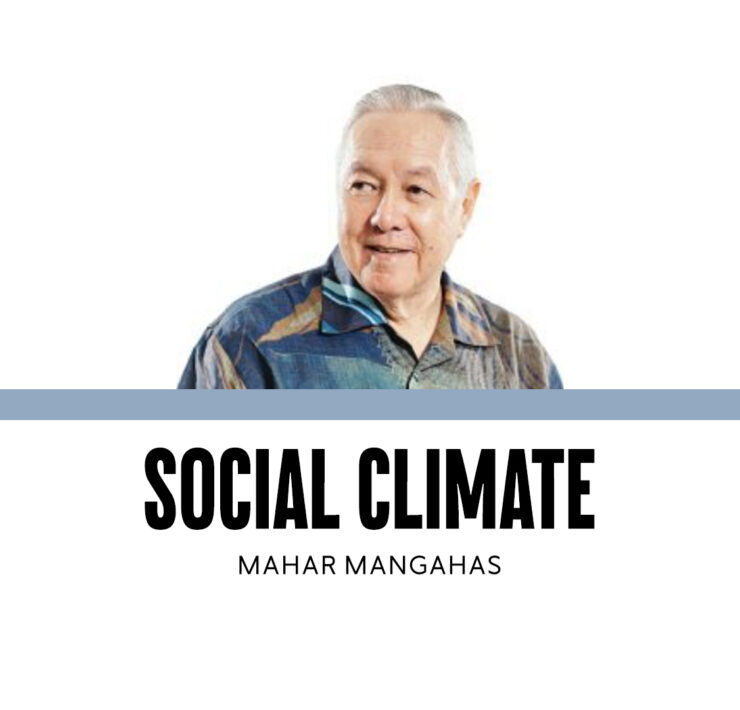


Strategic view on maritime governance